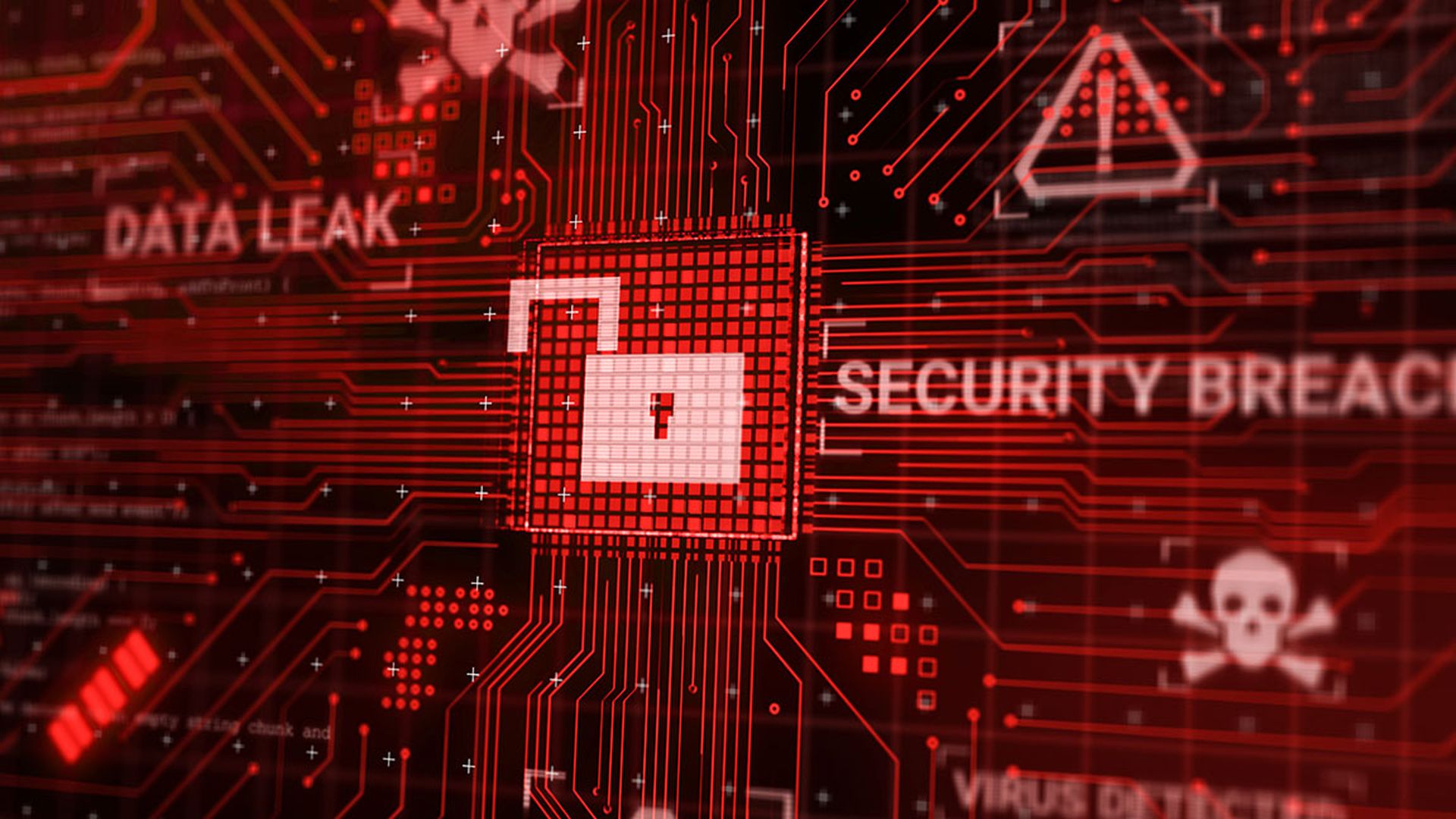More revelations about the extent of Stuxnet's reach have surfaced, courtesy of the head of Russian anti-virus firm Kaspersky Lab.
Eugene Kaspersky, the CEO and Chairman of his namesake company, said that the sophisticated malware also infected a Russian nuclear plant around the height of reports on the threat during "the Stuxnet time," as he put it.
When Stuxnet was made public in June 2010, a New York Times article contended that the worm was a creation of the United States and Israel to undermine Iran's nuclear program. The malware specifically targeted Siemens supervisory control and data acquisition (SCADA) systems that are used to manage plant industrial processes.
Kaspersky shared the revelations at Australia's National Press Club last week.
According to the CEO, a “friend” of his who worked at the unnamed plant in Russia told him of the incident, which occurred after Stuxnet hit Iranian facilities in Natanz.The nuclear plant network, which was disconnected from the internet, was “badly infected by Stuxnet,” Kaspersky said in Australia.
Last November, U.S. oil giant Chevron also revealed that Stuxnet ran loose beyond its intended targets in 2010 and infected its network. At the time, a Chevron spokeswoman claimed that the company was not negatively impacted by the cyber attack.



